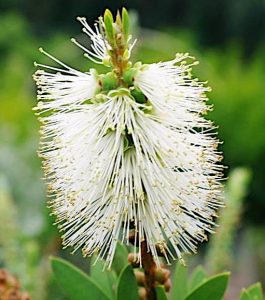are bottle brush trees poisonous to humans
Are bottle brush trees poisonous to humans. This bottlebrush grows like a tree and can reach between 15 and 30 feet 45 and 9 meters in height.
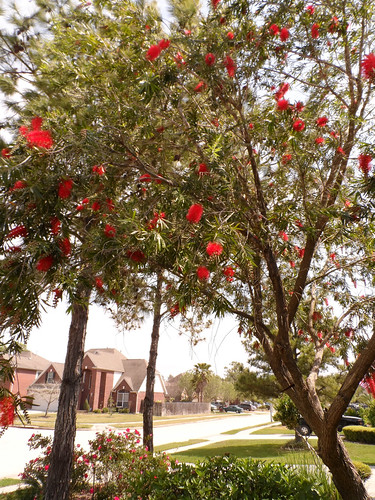
Foraging Texas Bottlebrush Tree
Some bottlebrush plants are poisonous to animals if ingested while others are not.
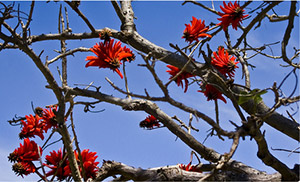
. 1 Sago Palm. Seeds and foliage of Aesculus species are poisonous to. Are bottle brush trees poisonous to humans.
In fact some people even occasionally use the leaves to make tea. Which plants are most toxic to dogs. The crimson bottlebrush Callistemon.
While bottlebrushes are not toxic to humans they can cause an allergic reaction in some people. What does a bottle brush look like. The crimson bottlebrush Callistemon species also called the weeping bottlebrush prickly bottlebrush or simply bottlebrush is a leafy evergreen grown either as a.
If you are unsure about whether or not a particular plant is poisonous it is best to err on the side of. Bottlebrush trees are not poisonous to humans. In fact some people even occasionally use the leaves to make tea.
Like anything based in nature certain species have adverse effects on humans and animals alike and so understanding if bonsai trees are poisonous to humans is incredibly important. Eating this plant can irritate the mouth and cause swelling. Bottlebrush trees are not poisonous to humans.
2 Tomato Plant. In fact some people even occasionally use the leaves to make tea. In fact some people even occasionally use the leaves to make tea.
Are bottlebrush plants poisonous to humans. These ornamental palms are popular in warmer climates and every part of it is toxic to dogs. If you are allergic to plants in the genus Callistemon you may.
The leaves and especially the seeds of bottlebrush buckeye are highly poisonous and ingestion could be fatal for people or. Is bottlebrush toxic to humans. Bottlebrush trees are not poisonous to humans.
Bottlebrush trees are not poisonous to humans. From our Native Plant Database page on Aesculus parviflora Bottlebrush buckeye. Are bottlebrush trees toxic to dogs.
Make sure not to confuse this bottlebrush shrub with the Buckeye bottlebrush Aesculus parviflora which is toxic to pets and grows in USDA zones 4 through 8. Bottlebrush trees are not poisonous to humans. A popular landscape addition in the Southwest the bottlebrush is non-toxic to dogs.
Is it safe to. All parts of this popular ornamental shrub are poisonous especially the attractive berries. In fact some people even occasionally use the leaves to make tea.
It is drought resistant and hardy and has attractive. From our Native Plant Database page on Aesculus parviflora Bottlebrush buckeye. Bottlebrush trees are not poisonous to humans.
Is bottlebrush toxic to humans. In fact some people even occasionally use the leaves to make tea. The shrub is fast-growing and they can grow up to 3 feet a year if the weather is right and there is fertilizer in the soil.
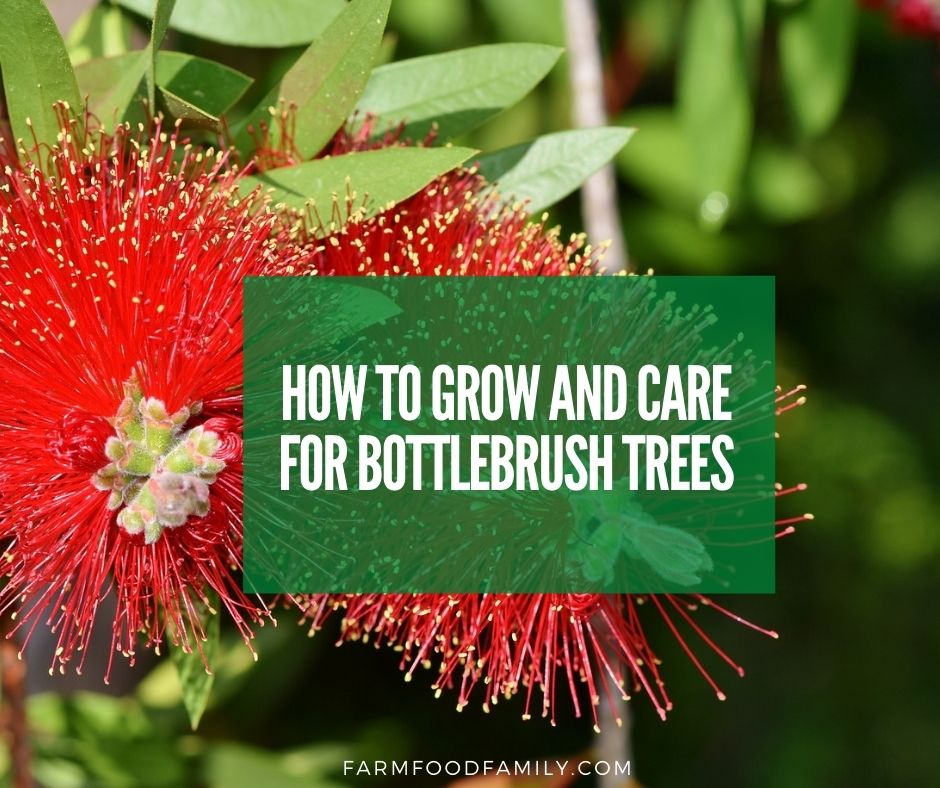
Bottle Brush Tree Varieties Growing And Caring For Callistemon
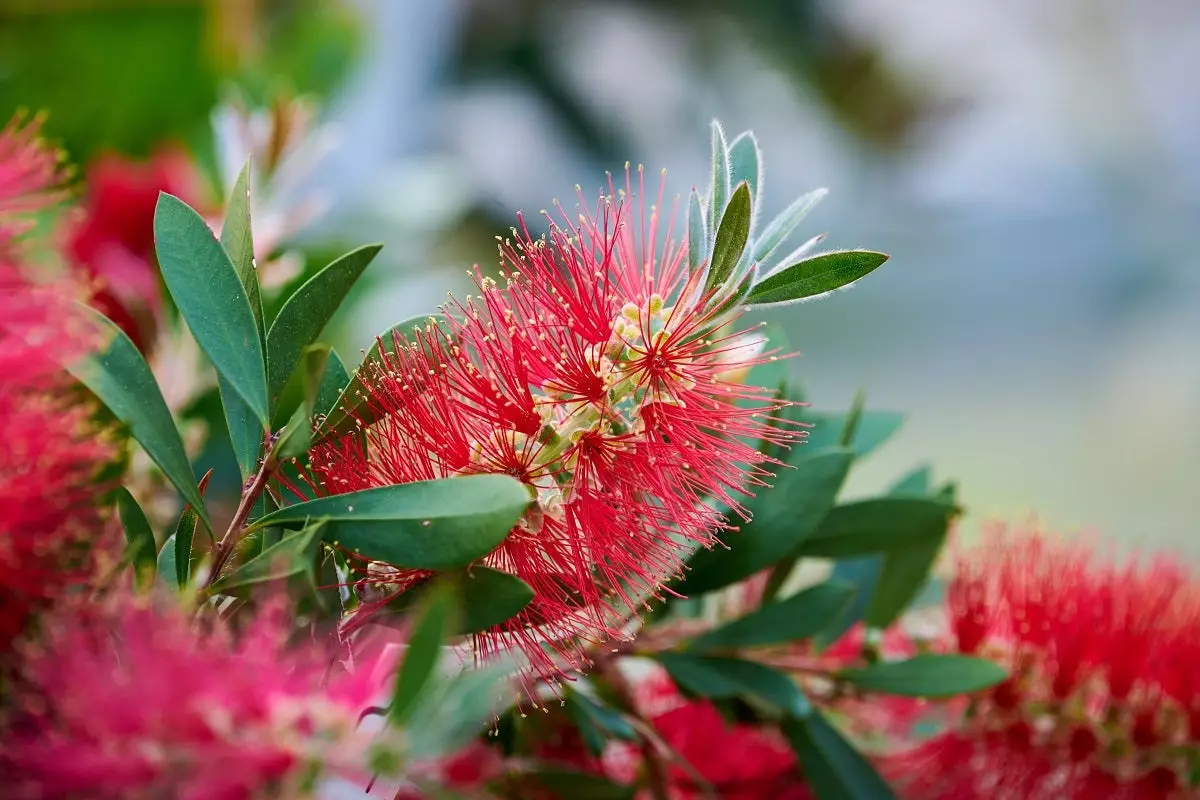
Eucalyptus Plants For Sale Buying Growing Guide Trees Com
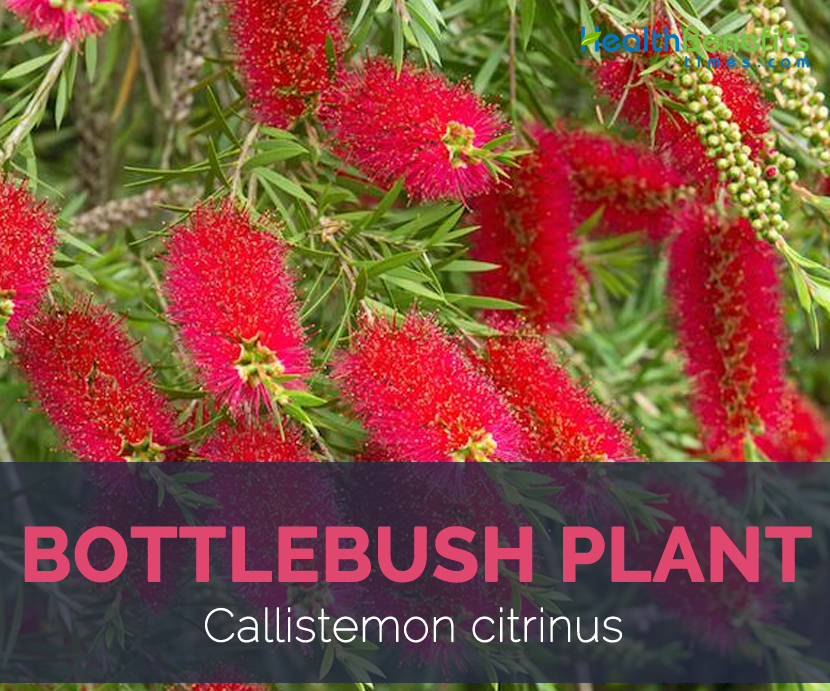
Bottlebrush Facts And Health Benefits

Bottlebrush Flowers Free Stock Photos Rgbstock Free Stock Images Micromoth August 20 2014 3
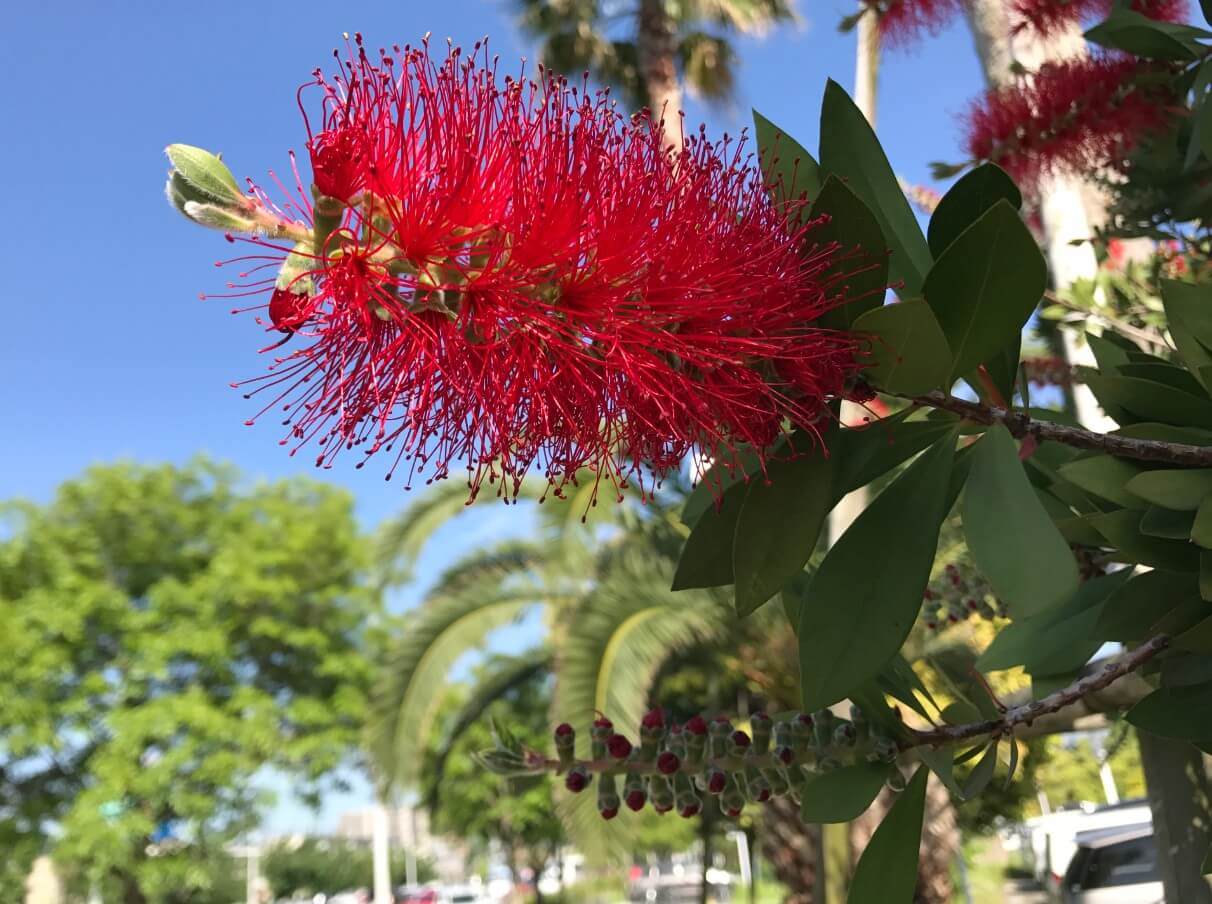
Bottle Brush Tree Varieties Growing And Caring For Callistemon
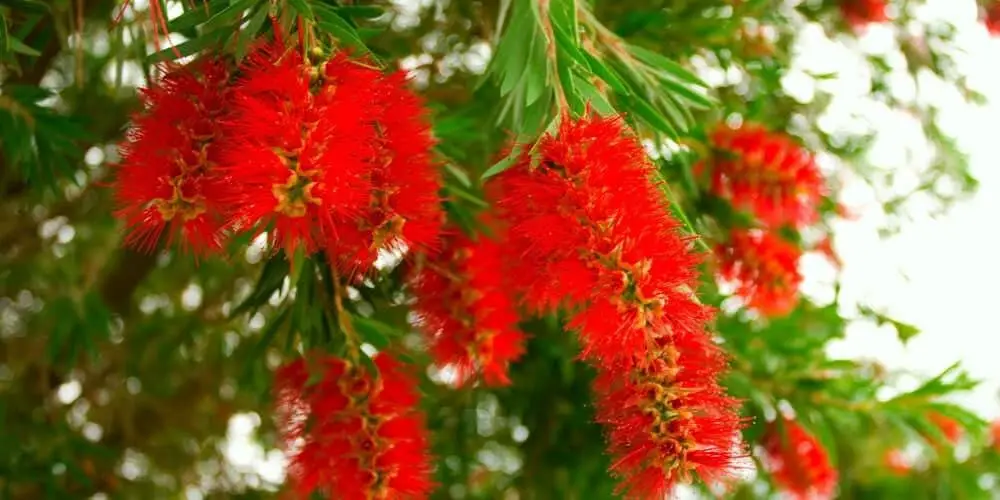
Bottlebrush Tree Care Growing Guide
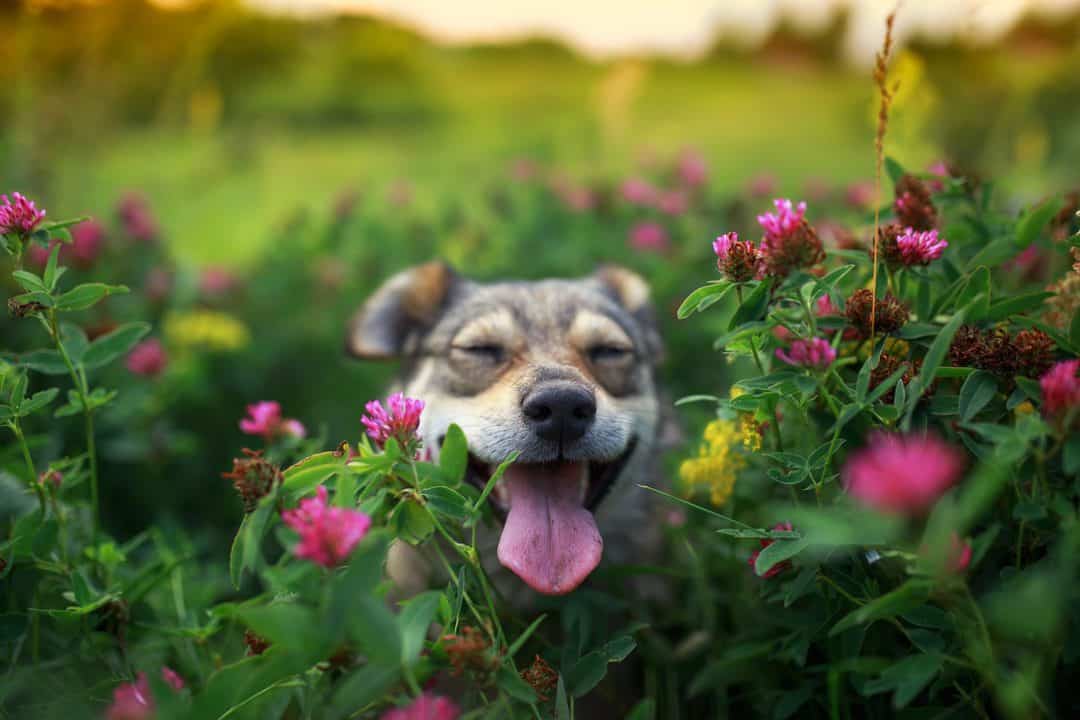
18 Shrubs Plants And Flowers Safe For Dogs Betterpet

Bottle Brush Tree Varieties Growing And Caring For Callistemon

Plant Toxicity Pesches Flowers Garden Center

10 Florida Friendly Trees Shrubs To Plant Landcrafters Fl

Callistemon Citrinus Bbc Gardeners World Magazine
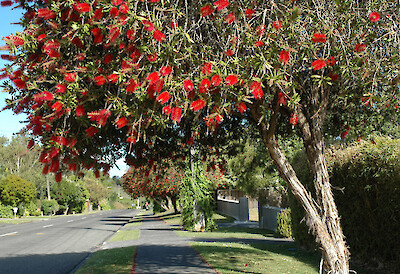
Melaleuca Citrina New Zealand Plant Conservation Network

Aesculus Parviflora Bottlebrush Buckeye North Carolina Extension Gardener Plant Toolbox
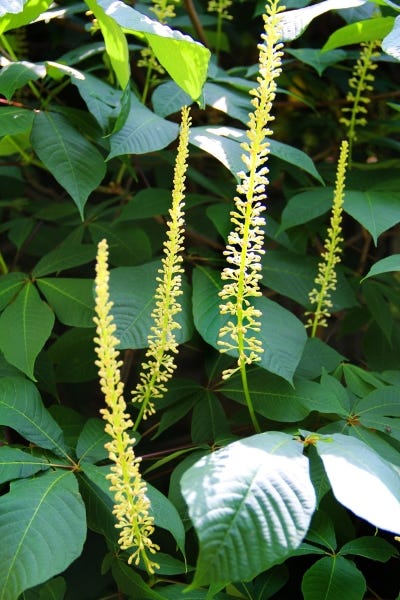
Plant Primer Bottlebrush Buckeye

Little John Bottle Brush Desert Horizon Nursery

Red Callistemon Bottlebrushes Plant Flower Stock Photo Alamy

Great Shrub Bottlebrush Buckeye A Way To Garden
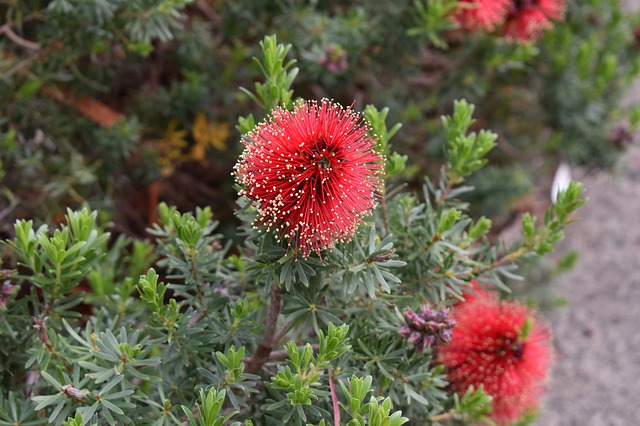
Bottle Brush Tree Varieties Growing And Caring For Callistemon
